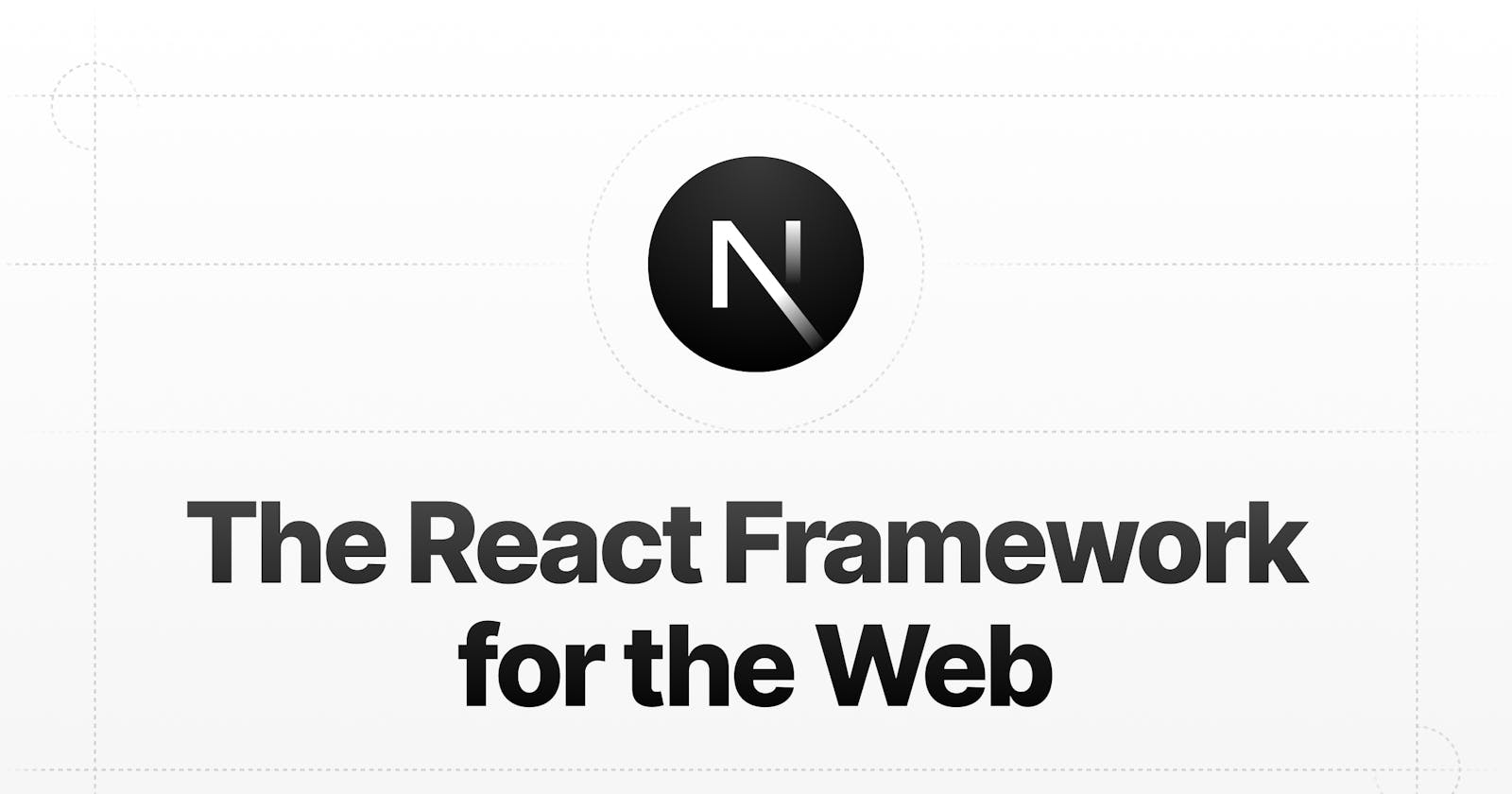Next.js has become the go-to framework for crafting the modern web. With its seamless integration with React and powerful server-side rendering, it's no wonder developers are flocking to it. However, achieving top-tier performance in a Next.js production application requires some strategic optimizations. In this guide, we'll explore key strategies and best practices to ensure your Next.js site is primed for production.
1. Leverage Next.js' Built-In Optimization Features
Responsive Image Optimization
Explore responsive design using the next/image component. Tailor images to device sizes by specifying width and height attributes. Example:
// Responsive image component
<Image src="/image.jpg" alt="Responsive Image" width={500} height={300} />
Enhanced Font Optimization
Delve into font optimization with next/font. Optimize local fonts and self-host Google Fonts, reducing external network requests. Example in next.config.js:
// next.config.ts
module.exports = {
fonts: {
// Configure font optimization options
},
}
Advanced Script Optimization
Optimize script loading using next/script. Load JavaScript scripts only once across multiple pages for improved performance. Example:
// Loading script component
<Script src="/path/to/script.js" />
2. Configure Caching and Embrace Incremental Static Regeneration
Fine-Tuning Caching
Adjust caching settings in next.config.js for optimized image caching:
// next.config.ts
module.exports = {
images: {
minimumCacheTTL: 60, // Cache optimized images for 60 seconds
},
}
Dynamic Revalidation with ISR
Dynamically set revalidation intervals in getStaticProps() based on page requirements:
// pages/dynamic.ts
export async function getStaticProps() {
return {
props: {
// ...
},
revalidate: 60, // Regenerate the page at most once every 60 seconds
}
}
3. Integrate Analytics and APM Tools
Advanced Analytics
Extend analytics beyond page speed by integrating advanced analytics tools like Google Analytics for comprehensive user behavior analysis.
Sentry for Error Tracking
Integrate Sentry for in-depth error tracking and performance monitoring. Install the Sentry package:
npm install @sentry/nextjs
Configure Sentry in next.config.js:
// next.config.ts
module.exports = {
// Sentry configuration
}
4. Set Up a Logging System
Structured Logging with Pino
Enhance logging with pino for structured and high-performance logging. Install the Pino package:
npm install pino
Implement structured logging in your Next.js app:
// Logging example
const logger = require('pino')();
logger.info('Informational log message');
5. Enable Error Handling with Custom Pages
Tailored Error Pages
Customize error pages based on error types for a more personalized user experience:
// pages/500.ts
export default function Custom500Page() {
// Custom 500 error page
}
// pages/404.js
export default function Custom404Page() {
// Custom 404 error page
}
6. Trim Build Bundle Size
Code Splitting with next/dynamic
Use next/dynamic for code splitting, loading components on-demand for reduced initial bundle size:
// Dynamic import example
const DynamicComponent = dynamic(() => import('../components/DynamicComponent'))
Analyzing Bundle Size
Leverage tools like Webpack Bundle Analyzer and Package Phobia to analyze and optimize your project's bundle size.
7. Optimize SEO Performance with Lighthouse
Core Web Vitals Optimization
Focus on Core Web Vitals, including Time to Interactive (TTI) and First Contentful Paint (FCP). Utilize Server-Side Rendering (SSR) for dynamic content and enhance metadata for better search engine visibility.
Google Lighthouse Analysis
Run Google Lighthouse on your Next.js site for detailed insights into SEO performance, accessibility, and best practices.
This detailed information provides a more comprehensive understanding of each optimization aspect for Next.js production applications. Feel free to explore these examples and implement them in your projects!
Ensure outstanding SEO results by optimizing for Core Web Vitals using Google Lighthouse. Assess metrics such as Largest Contentful Paint (LCP), First Input Delay (FID), and Cumulative Layout Shift (CLS) to enhance user experience and SEO ranking.
In conclusion, deploying a high-performance Next.js site requires a thoughtful combination of built-in features, caching, monitoring tools, error handling, bundle size reduction, and SEO optimization. Following these best practices will set you on the path to crafting a top-notch, production-ready web application. Happy coding!
